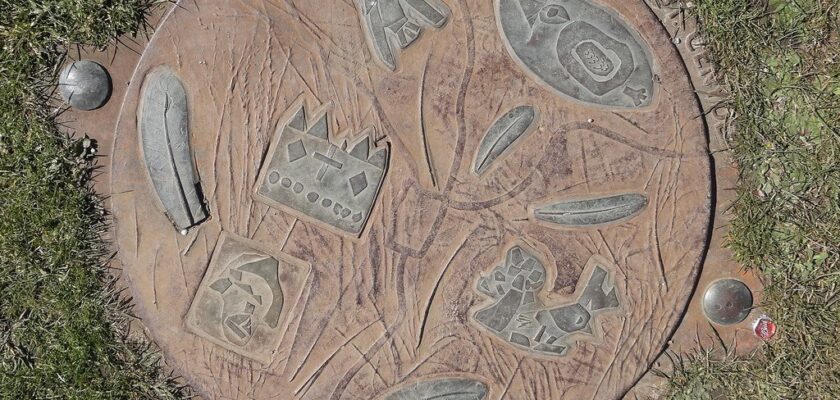Caerphilly Castle
Caerphilly Castle is the largest castle in Wales and the second largest fortress in the United Kingdom. The Norman castle covers an area of 12 hectares and is among the largest castles in Europe. The stone buildings were erected in the second half of the XIII century on an artificial island built on the river bank. Kairfilly Castle is surrounded by mountains and is very popular with lovers of history, ancient architecture and art of fortification, so many tourists come to see the medieval fort.
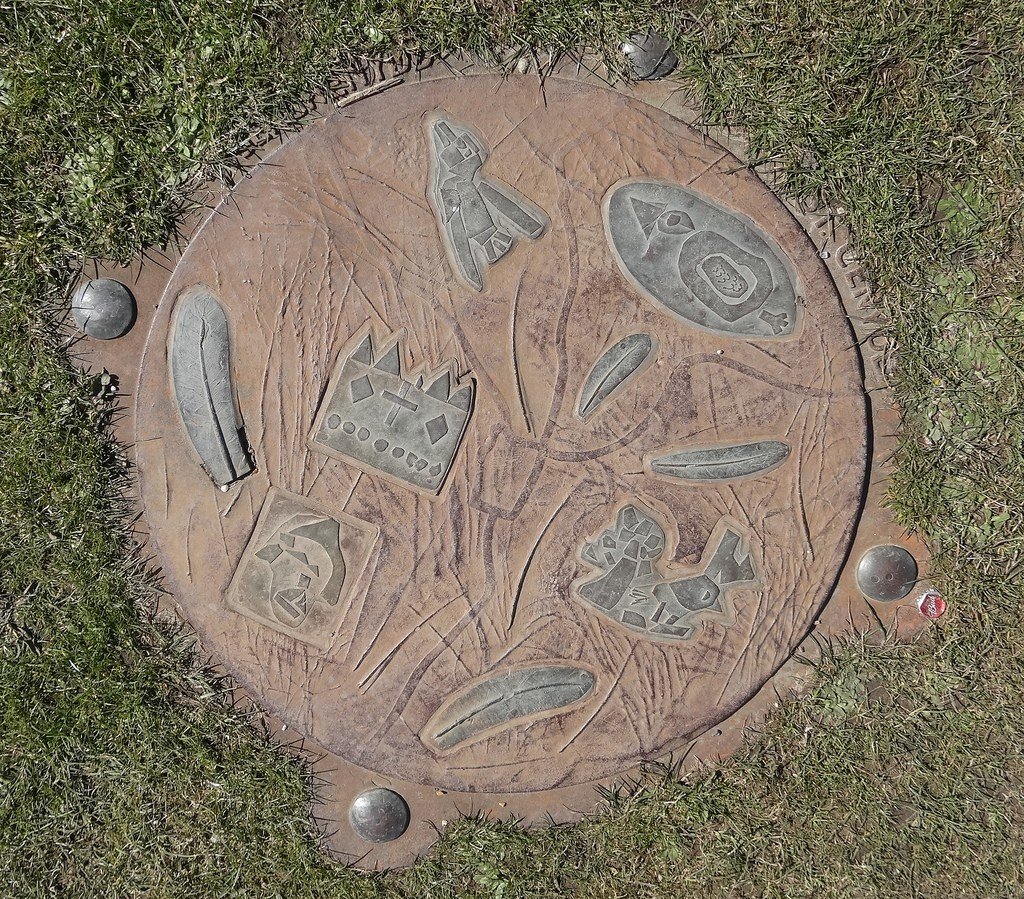
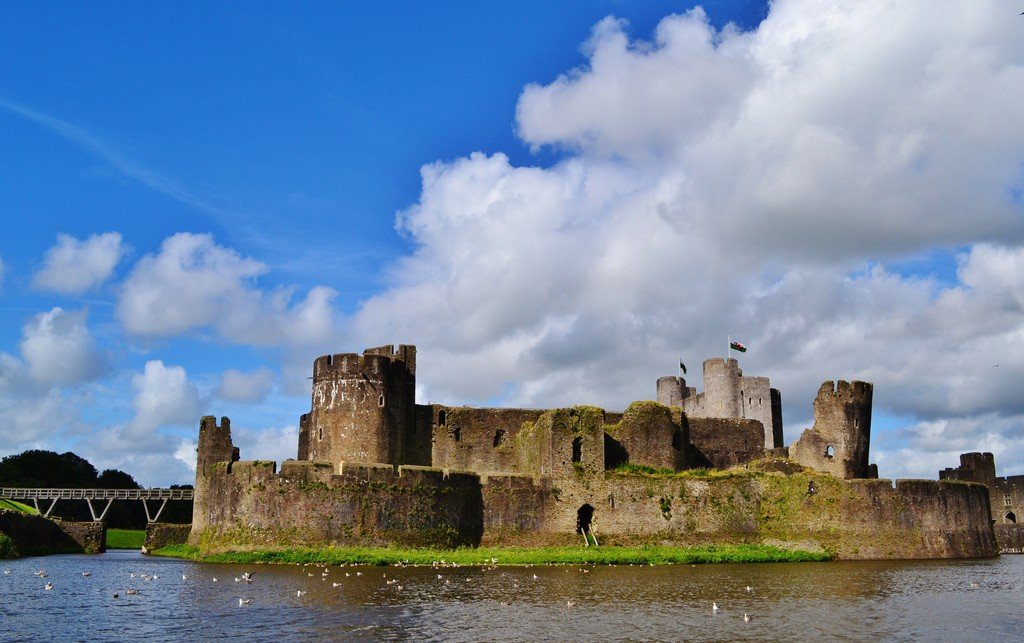
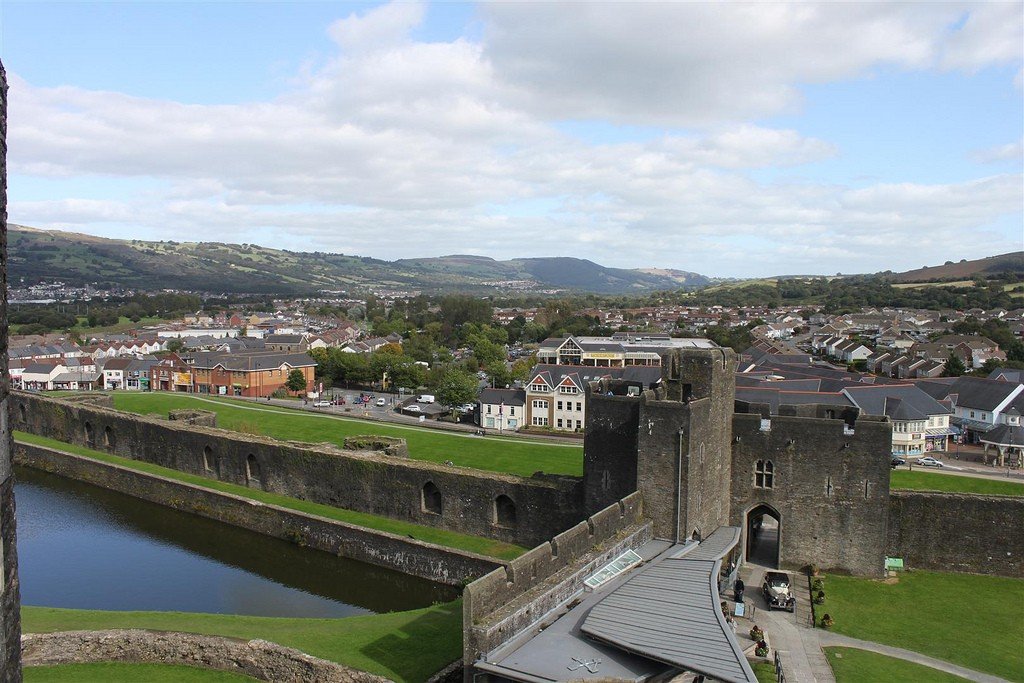
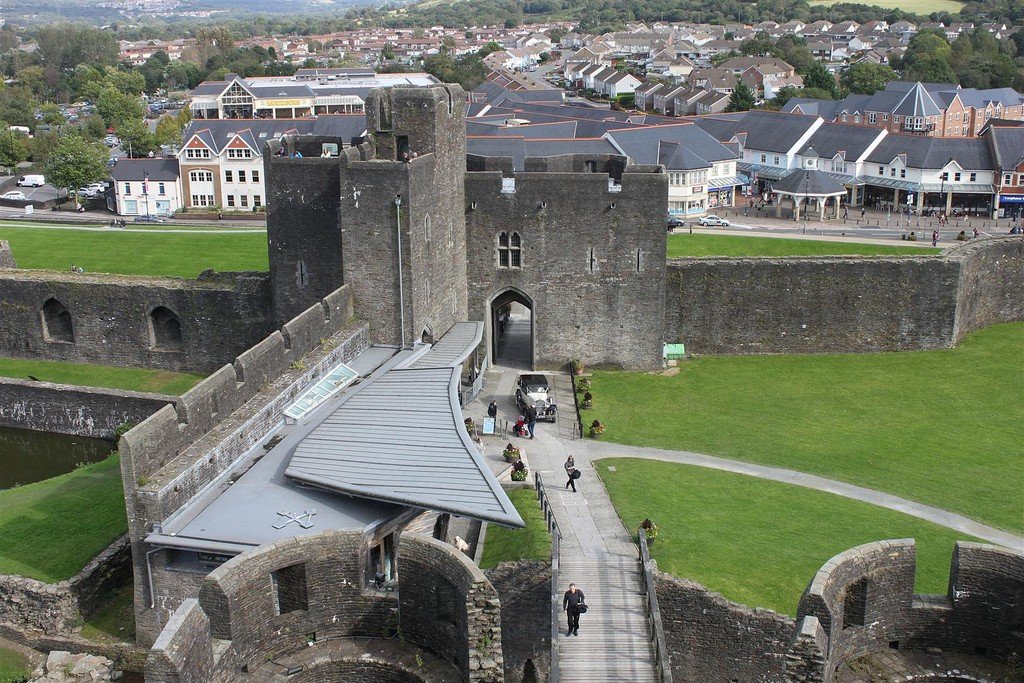
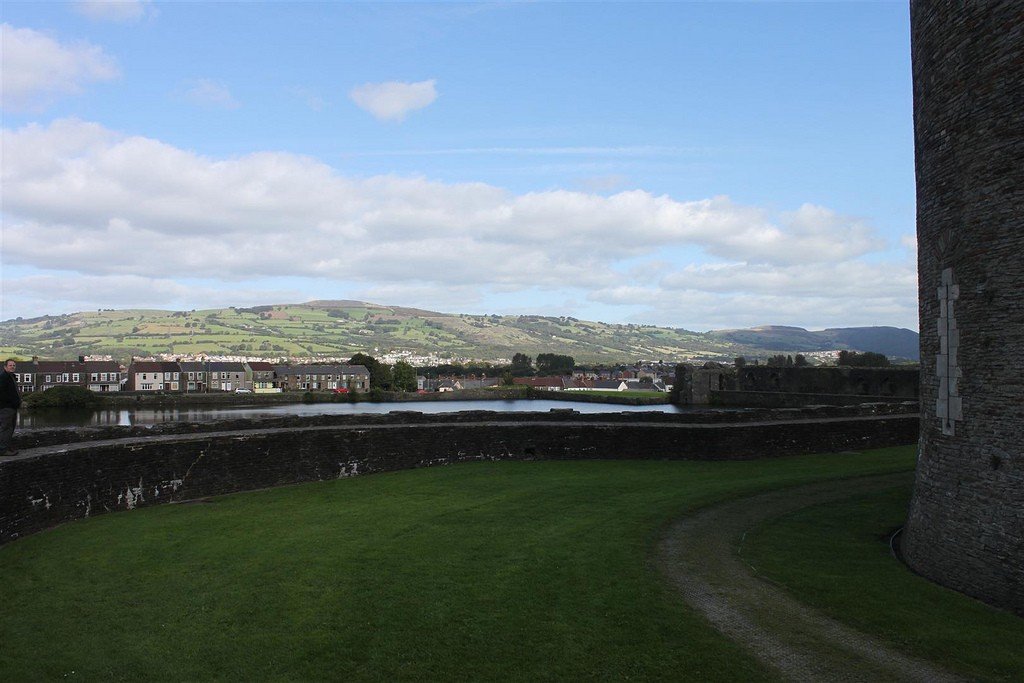
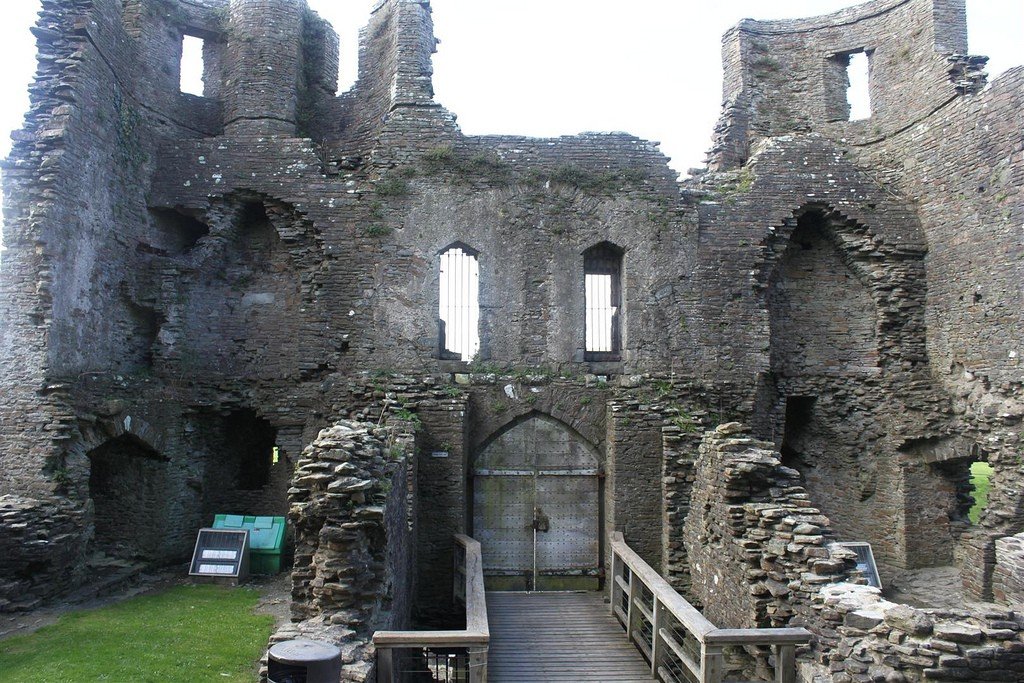
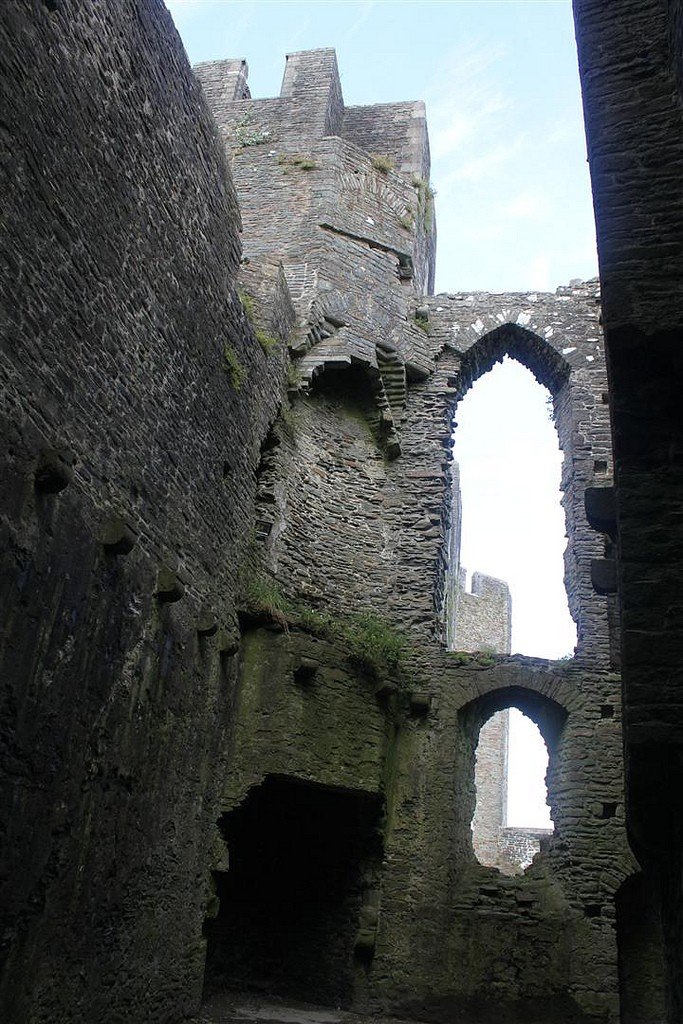
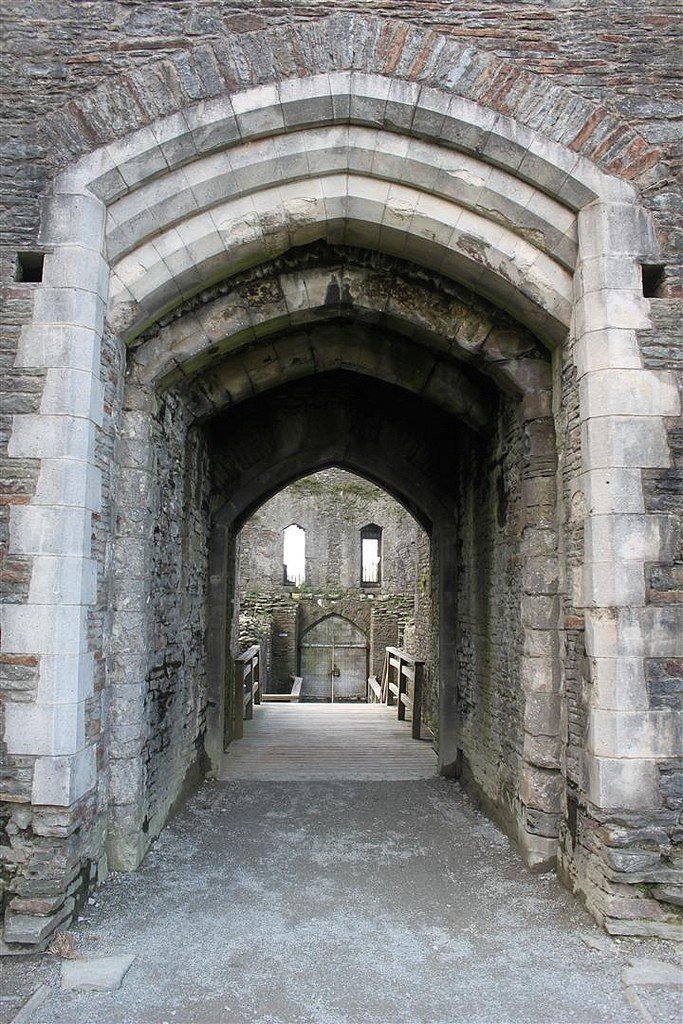
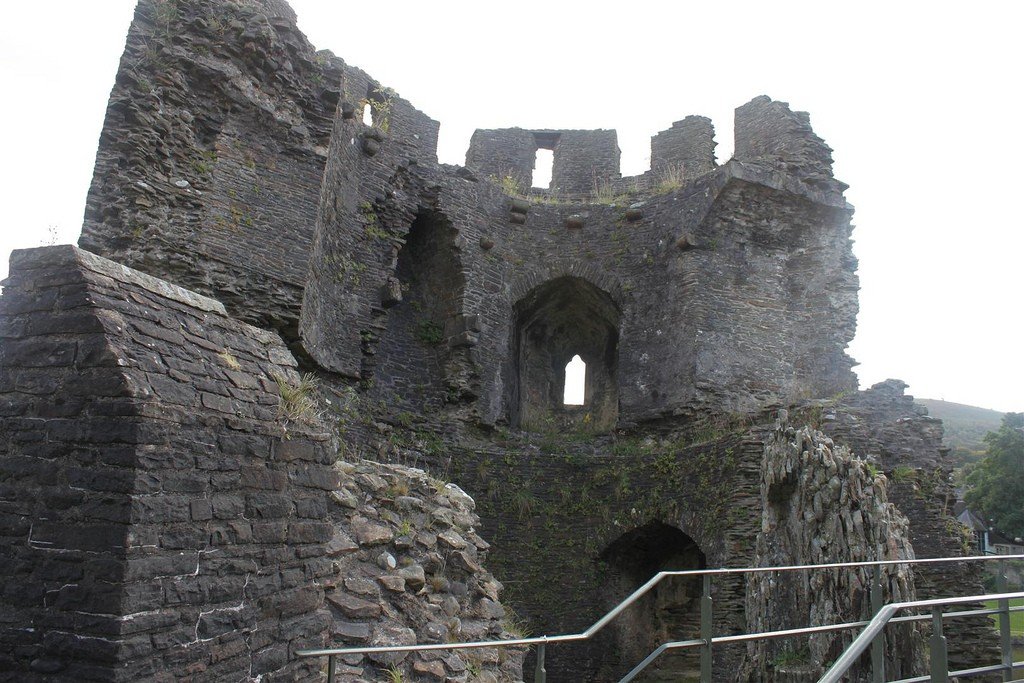
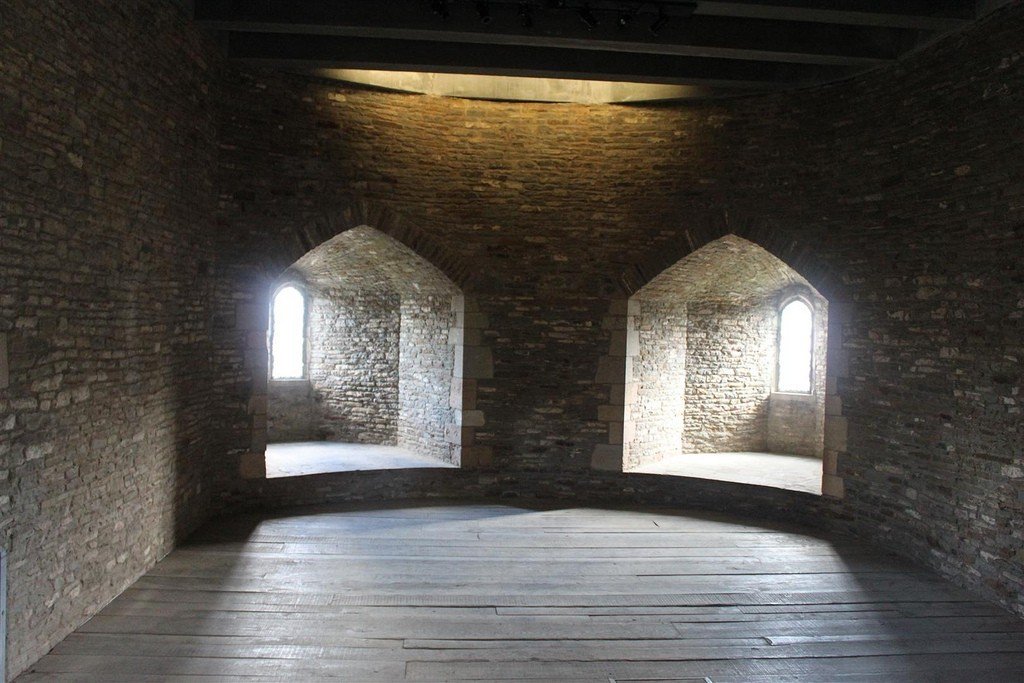
Video: Caerphilly Castle
General Information
The picturesque castle is framed by a moat of water and two lakes. The system of moats and weirs built here is considered to be the most elaborate in Britain. The castle is a square building with four towers at the corners. It is recognized as an early example of concentric defense architecture. Today, the lookout tower, located on the south-east side, has tilted at an angle of 10° due to ground subsidence.
.
The fortress walls are built of sandstone. In the Middle Ages, the walls of the second ring of defense were much higher, because of this, even under heavy siege, the castle of Caerphilly remained almost impregnable. In the north of the fort a dam and a watermill have been preserved.
.The ancient fortress had impressive interiors. The great hall was heated by a fireplace and was divided by carved wooden screens. Some wooden sculptures have survived. According to experts, they depict members of the royal family of the fourteenth century. Today, weddings are held in the Great Hall. Visitors to Caerphilly Castle can also visit the two exhibition halls and see ancient implements.
.Tourists
Caerphilly Castle is open to tourists every day: from March to October from 9.30am to 5pm, from November to February from 10am to 4pm. Tickets cost £5.5 for adults and £4.1 for children, pensioners and students. There is a parking lot near the castle and a gift store is open.
.History of Caerphilly Castle
Caerphilly Castle was erected from 1268 to 1271 to control the lands of Middle Glamorgan. In 1282, King Edward I of England conducted a successful military campaign and annexed the territory of Wales to England. After this, the powerful fortress lost its defensive importance.
.In the late 13th and early 14th centuries, Caerphilly Castle was attacked by the Welsh. However, their attacks were not of great force and did not cause significant damage to the fort. The last hostilities on the land took place in the 1320s, and then the owners of Caerphilly Castle abandoned it. Attempts were made to maintain the fort until the end of the 15th century, but then it was abandoned and gradually deteriorated.
.The restoration of the architectural monument began in the last third of the XVIII century, thanks to the efforts and funds of the Marquis John Stuart Bute. Several generations of marquis were engaged in clearing the area, restoring the stonework and describing the features of the Norman castle. In 1950, the medieval castle was handed over to the British government.
.How to get there
Caerphilly Castle is located within the county town of the same name in South Wales, 13 km north of Cardiff, the capital of Wales. From this city, travelers reach Caerphilly by train or shuttle bus.
.